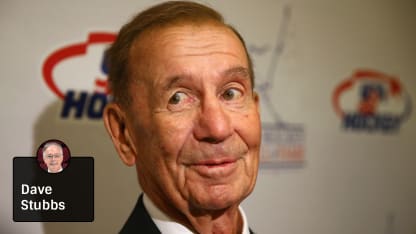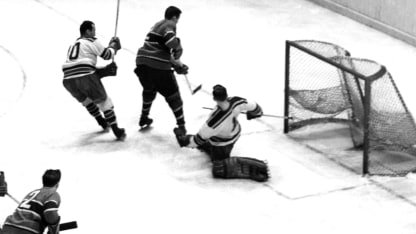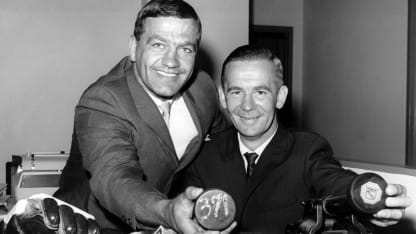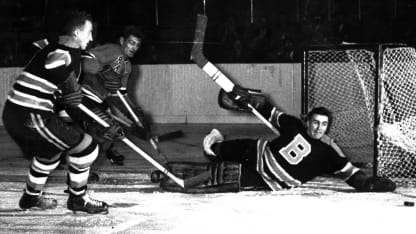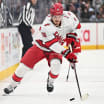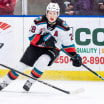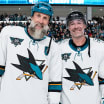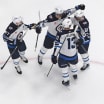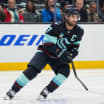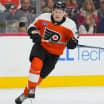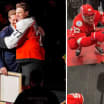When Francis' catching hand, his greatest asset, began to betray him, he sought Brimsek's help. The Bruins goalie agreed to meet in the arena bar, agreeing to Francis' request as they skated by each other at period's end one game.
Brimsek knew of The Cat's offseason love of baseball and suggested that he stay in the crease and not charge out of his net, as he might attack a ground ball from shortstop.
"And Frankie suggested I use his No. 12-lie goal stick, not the No. 11 I was using," Francis said, speaking of the angle of the blade relative to the ice. "He told me it would lift me up a little higher, improve my balance and help me to cover more of the net.
"We finished our beer, but Frankie's advice stayed with me forever. He could tell from 200 feet away what I was doing wrong. There were only six goaltenders in the world playing in that league and he tells me that."
By then, Brimsek and other goaltenders at every pro level had adopted Francis' modified catching glove, fashioned out of a New York Yankees George McQuinn-model first-baseman's mitt.
"They were awkward, big, and heavy," Francis recalled of the primitive gloves worn by goaltenders of the day before he had a shoemaker sew a cuff onto his McQuinn-model mitt.
Francis hadn't a problem with the glove in junior and the minors, but a few months into his NHL career with Chicago he was confronted by Detroit general manager Jack Adams. Adams complained to referee King Clancy, who decreed the glove was too big to be legal. Francis simply told Clancy, "If I can't use that glove, you don't have a game tonight. That's the only glove I've got."
He wore it on the condition he take it to NHL President Clarence Campbell for inspection in Montreal, Chicago's stop the next day.
"Campbell had me there for an hour," Francis recalled. "He starts off, 'Where did you get that glove? Where did you buy it? Who put the cuff on? What did you pay for it?' His last question was, 'Why do you want to use it, to go all that trouble?'
"I said, 'Because the goal gloves aren't worth a nickel. My hand is sore after every practice and every game. With the webbing, the puck will go in there and stay in there. I got it to protect my hand and to make me a better goalkeeper.'
"Campbell got up and left and I was sure he was going to ban it. But he came back in and said I could use it. The gloves were on the market within a month, (manufacturers) CCM, Rawlings … I didn't have a patent because I didn't even know what a patent was."
